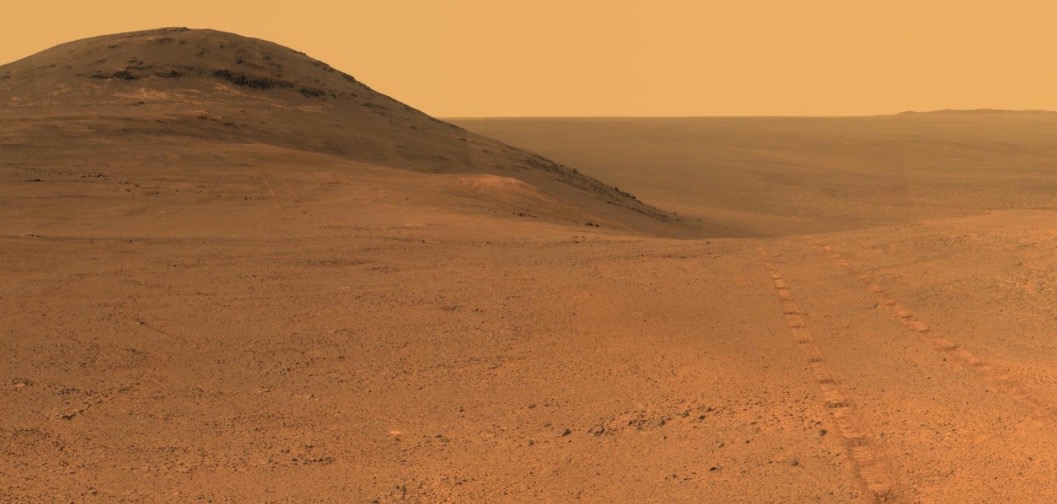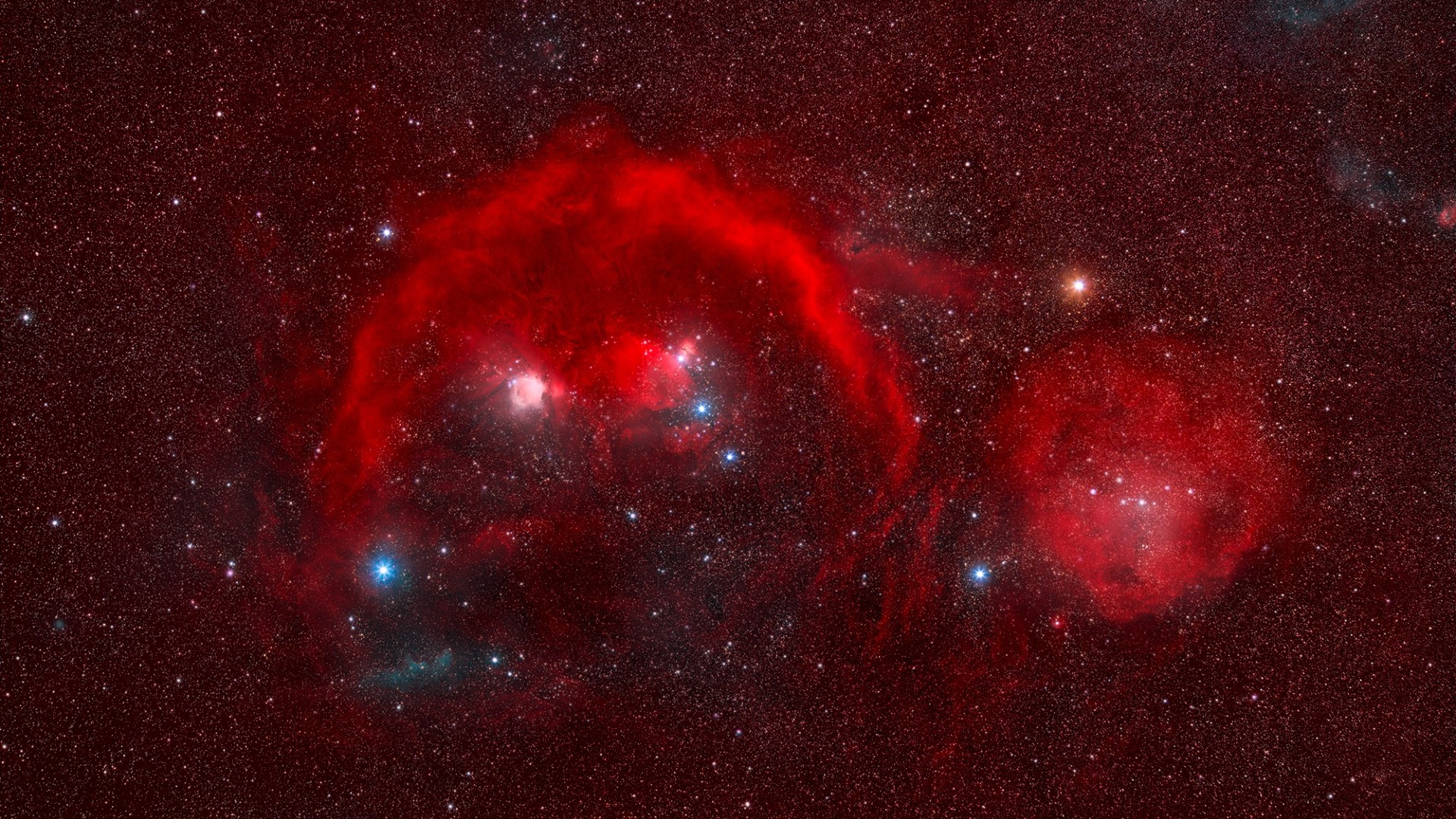
The Opportunity rover's silent stretch on Mars has now reached four months.
Opportunity hasn't made a peep since June 10. Around that time, a developing dust storm shrouded its environs in darkness, preventing the solar-powered rover from harvesting enough sunlight to recharge its batteries.
The Martian dust storm grew to envelop the entire planet 10 days later. But by late July the maelstrom was abating, and the sky continued to clear over the following weeks. By Sept. 11, conditions near Opportunity's locale — a valley on the rim of the 14-mile-wide (22 kilometers) Endeavour Crater — were good enough that the rover team ramped up its hailing efforts, kicking off a 45-day "active listening" campaign. [Mars Dust Storm 2018: What It Means for Opportunity Rover]
That campaign is now two-thirds over, and there's still been nothing from the six-wheeled robot. If the clock runs out on Opportunity, NASA will reassess its recovery plans and efforts, agency officials have said. But engineers and technicians will continue listening for a ping from Opportunity in a more passive mode at least through January, mission managers have said.
The venerable rover may be dead, done in by a combination of the darkness and the bitter Martian cold. Without any power, after all, Opportunity cannot run its onboard heaters. But there is still hope, even at this relatively late date.
"It's possible that a layer of dust deposited on the rover's solar panels by the recent global dust storm is blocking sunlight that could recharge its batteries. No one can tell just how much dust has been deposited on its panels," NASA officials wrote in an update yesterday (Oct. 11).
"A windy period on Mars — known to Opportunity's team as "dust-clearing season" — occurs in the November-to-January time frame and has helped clean the rover's panels in the past," they added. "The team remains hopeful that some dust clearing may result in hearing from the rover in this period."
Breaking space news, the latest updates on rocket launches, skywatching events and more!
Opportunity landed on Mars in January 2004, three weeks after its twin, Spirit, touched down in a different part of the Red Planet. Both robots found lots of evidence that liquid water flowed across the surface of ancient Mars.
Spirit and Opportunity were designed to roam for three months, but both rovers ground that warranty into the red dust. Spirit wasn't declared dead until 2011, and Opportunity was getting along just fine until the dust storm hit.
NASA's other active Mars rover, Curiosity, relies on nuclear power and was therefore relatively unaffected by the storm.
Mike Wall's book about the search for alien life, "Out There," will be published on Nov. 13 by Grand Central Publishing. Follow him on Twitter @michaeldwall. Follow us @Spacedotcom or Facebook. Originally published on Space.com.
Join our Space Forums to keep talking space on the latest missions, night sky and more! And if you have a news tip, correction or comment, let us know at: community@space.com.

Michael Wall is a Senior Space Writer with Space.com and joined the team in 2010. He primarily covers exoplanets, spaceflight and military space, but has been known to dabble in the space art beat. His book about the search for alien life, "Out There," was published on Nov. 13, 2018. Before becoming a science writer, Michael worked as a herpetologist and wildlife biologist. He has a Ph.D. in evolutionary biology from the University of Sydney, Australia, a bachelor's degree from the University of Arizona, and a graduate certificate in science writing from the University of California, Santa Cruz. To find out what his latest project is, you can follow Michael on Twitter.
